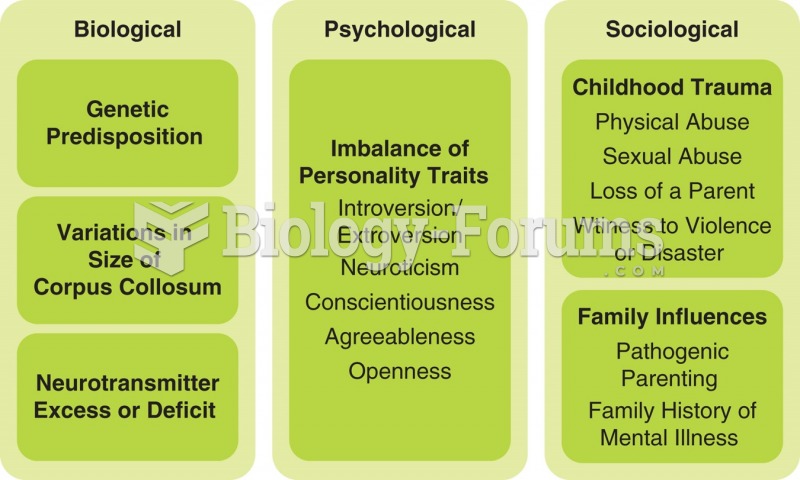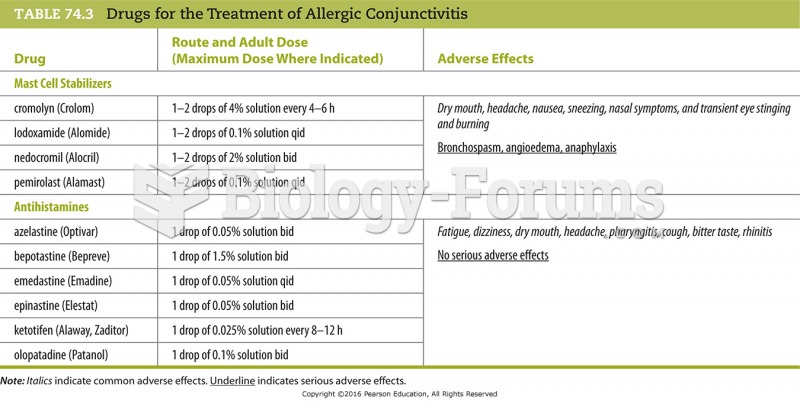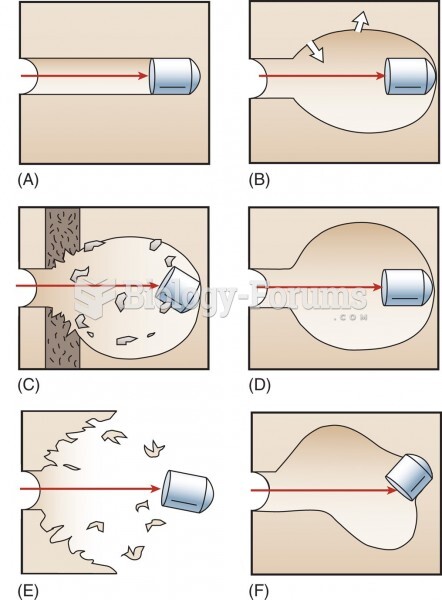Answer to Question 1
Secondary treatment is also called biological treatment, because it uses organismsnatural decomposers and detritus feeders. Basically, an environment is created that enables these organisms to feed on colloidal and dissolved organic material and break it down to carbon dioxide and water via their cell respiration. The only thing that needs to be added to the water is oxygen to enhance the organisms' respiration and growth. Either of two systems may be used to add oxygen to the water: a trickling-filter system or an activated-sludge system. In the trickling-filter system, the water exiting from primary treatment is sprinkled onto, and allowed to percolate through, a bed of fist-sized rocks 68 feet deep. The spaces between the rocks provide good aeration. In the activated-sludge system, (w)ater from the primary treatment enters a large tank that is equipped with an air-bubbling system or a rapidly churning system of paddles. A mixture of detritus-feeding organisms, referred to as activated sludge, is added to the water as it enters the tank, and the water is vigorously aerated as it moves through the tank. (F)rom the aeration tank, the water is passed into a secondary clarifier tank where the organisms settle out and the waternow with more than 90 of all the organic material removedflows on.
Answer to Question 2
A sewage treatment plant removes debris, grit, particulate organic matter, colloidal and dissolved organic matter, and dissolved nutrients from wastewater. The preliminary treatment process removes debris and grit using a bar screen, which is a row of bars about 1 inch apart that blocks debris and is mechanically removed to be incinerated, and a grit chamber, which is a swimming pool-like tank in which (the sewage) velocity is slowed just enough to permit the grit to settle and to be removed mechanically prior to disposal at a landfill. The primary treatment process removes particulate organic matter in large tanks called primary clarifiers. Because the flow is slow, the water is nearly motionless for several hours. The particulate organic material, about 3050 of the total organic material, settles to the bottom, where it can be removed. At the same time, fatty or oily material floats to the top, where it is skimmed from the surface. All the material that is removed, both particulate organic material and fatty material, is combined into what is referred to as raw sludge. Secondary treatment removes the colloidal and dissolved organic material. Secondary treatment is also called biological treatment, because it uses organisms: natural decomposers and detritus feeders. Basically, an environment is created that enables these organisms to feed on colloidal and dissolved organic material and break it down to carbon dioxide and water via their cell respiration. The only thing that needs to be added to the water is oxygen to enhance the organisms' respiration and growth. Either of two systems may be used to add oxygen to the water: a trickling-filter system or an activated-sludge system. In the trickling-filter system, the water exiting from primary treatment is sprinkled onto, and allowed to percolate through, a bed of fist-sized rocks 68 feet deep. The spaces between the rocks provide good aeration. In the activated-sludge system, (w)ater from the primary treatment enters a large tank that is equipped with an air-bubbling system or a rapidly churning system of paddles. A mixture of detritus-feeding organisms, referred to as activated sludge, is added to the water as it enters the tank, and the water is vigorously aerated as it moves through the tank. (F)rom the aeration tank, the water is passed into a secondary clarifier tank where the organisms settle out and the waternow with more than 90 of all the organic material removedflows on. Tertiary treatment or biological nutrient removal is the removal of the dissolved inorganic material (also called biological nutrients). For the biological removal of nitrogen . . . the activated-sludge system is partitioned into zones, and the environment in each zone is controlled in a manner that promotes the denitrifying process. . . . In an environment that is rich in oxygen but relatively lacking in foodthe environment of zone 3bacteria take up phosphate from solution and store it in their bodies. Thus phosphate is removed as the excess organisms are removed from the system. Chemical treatments are also used as alternatives to biological nutrient removal.







